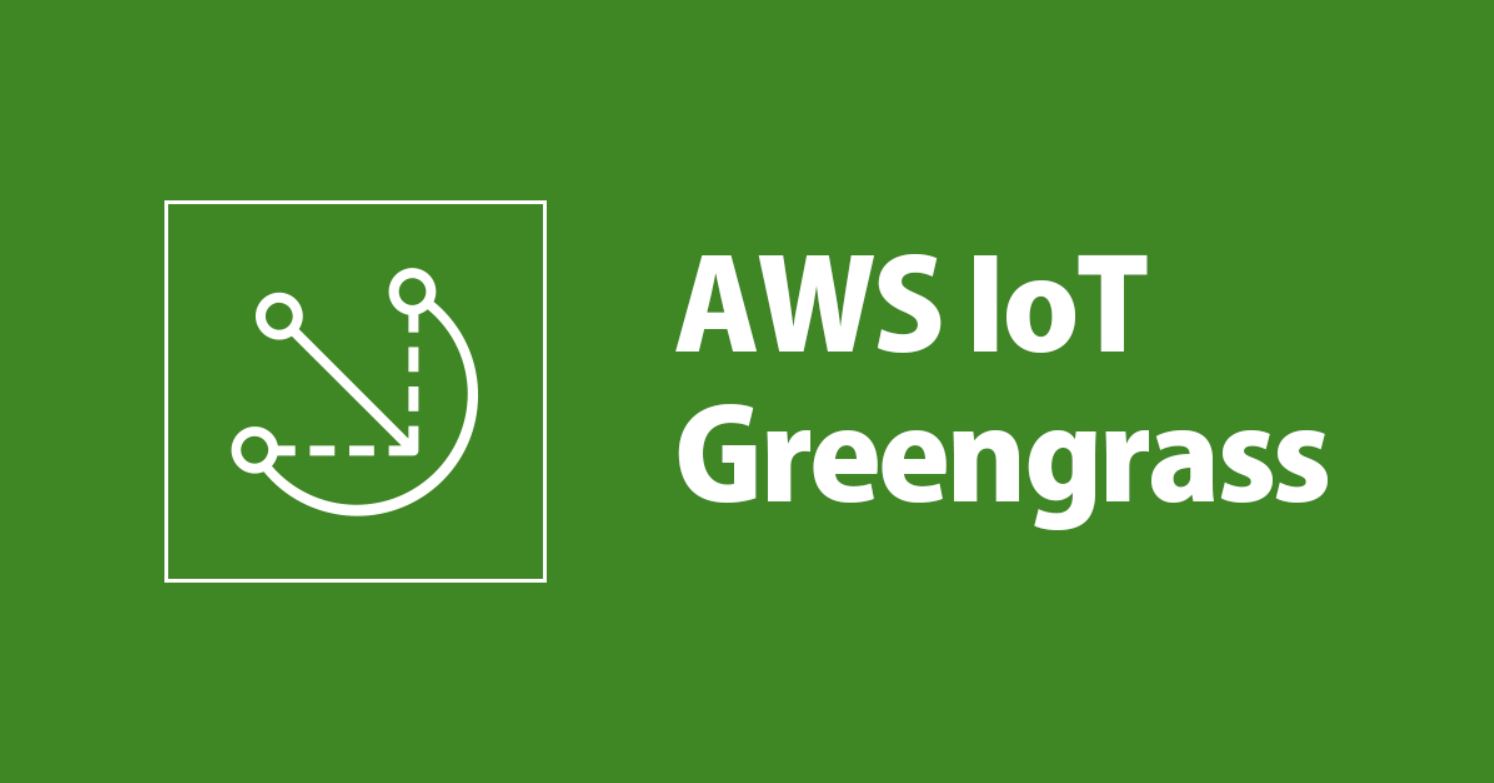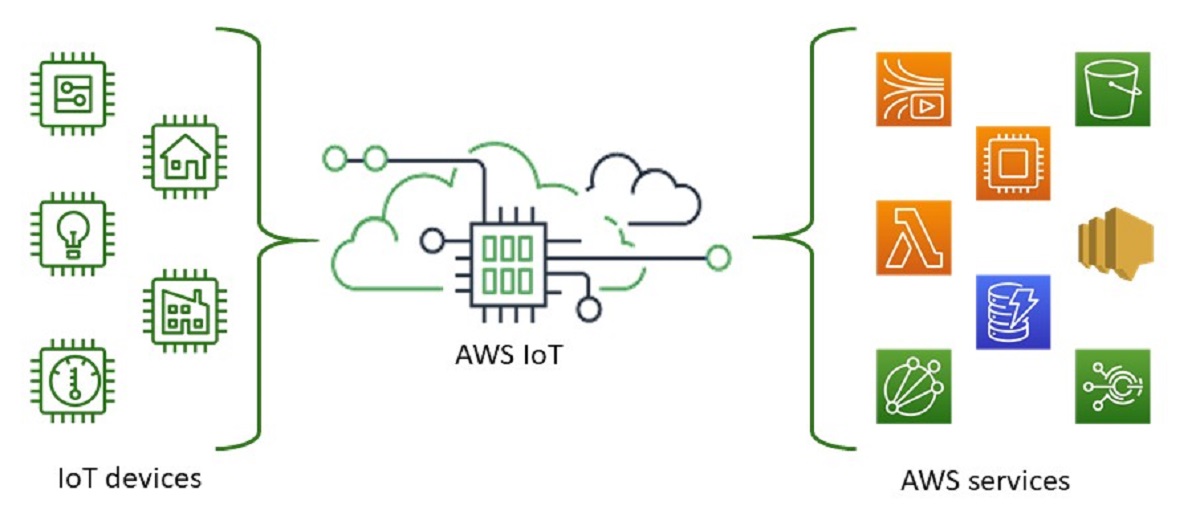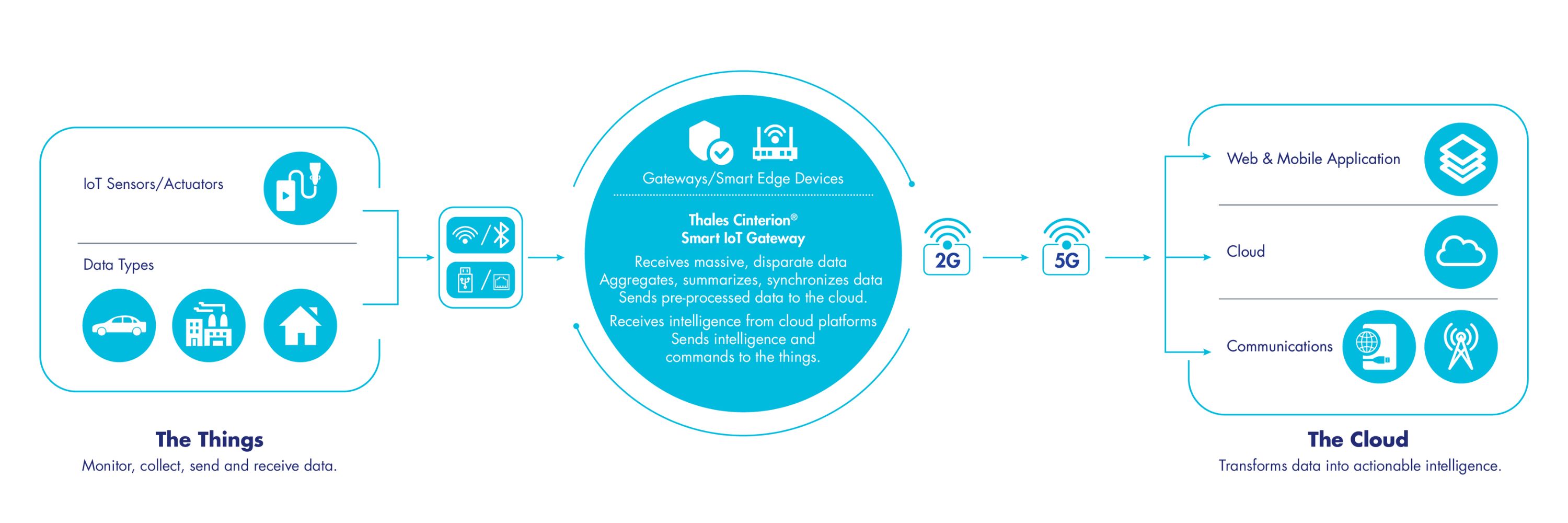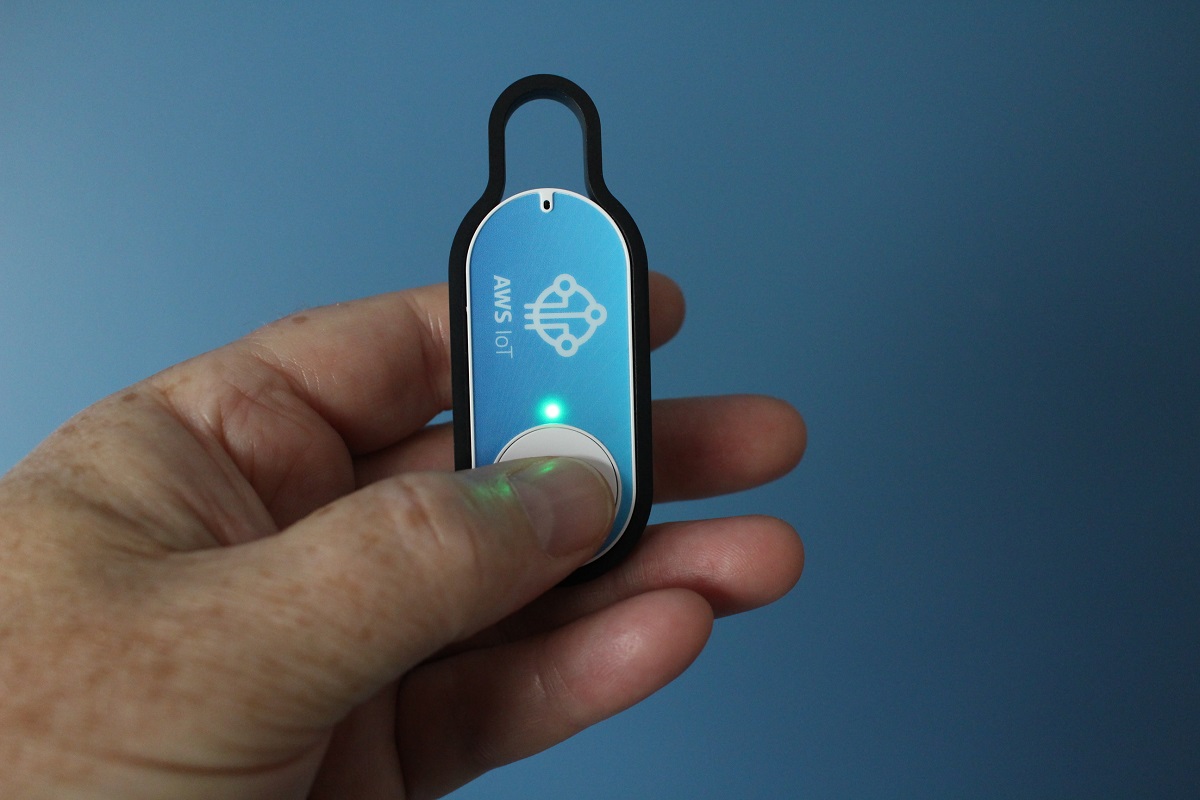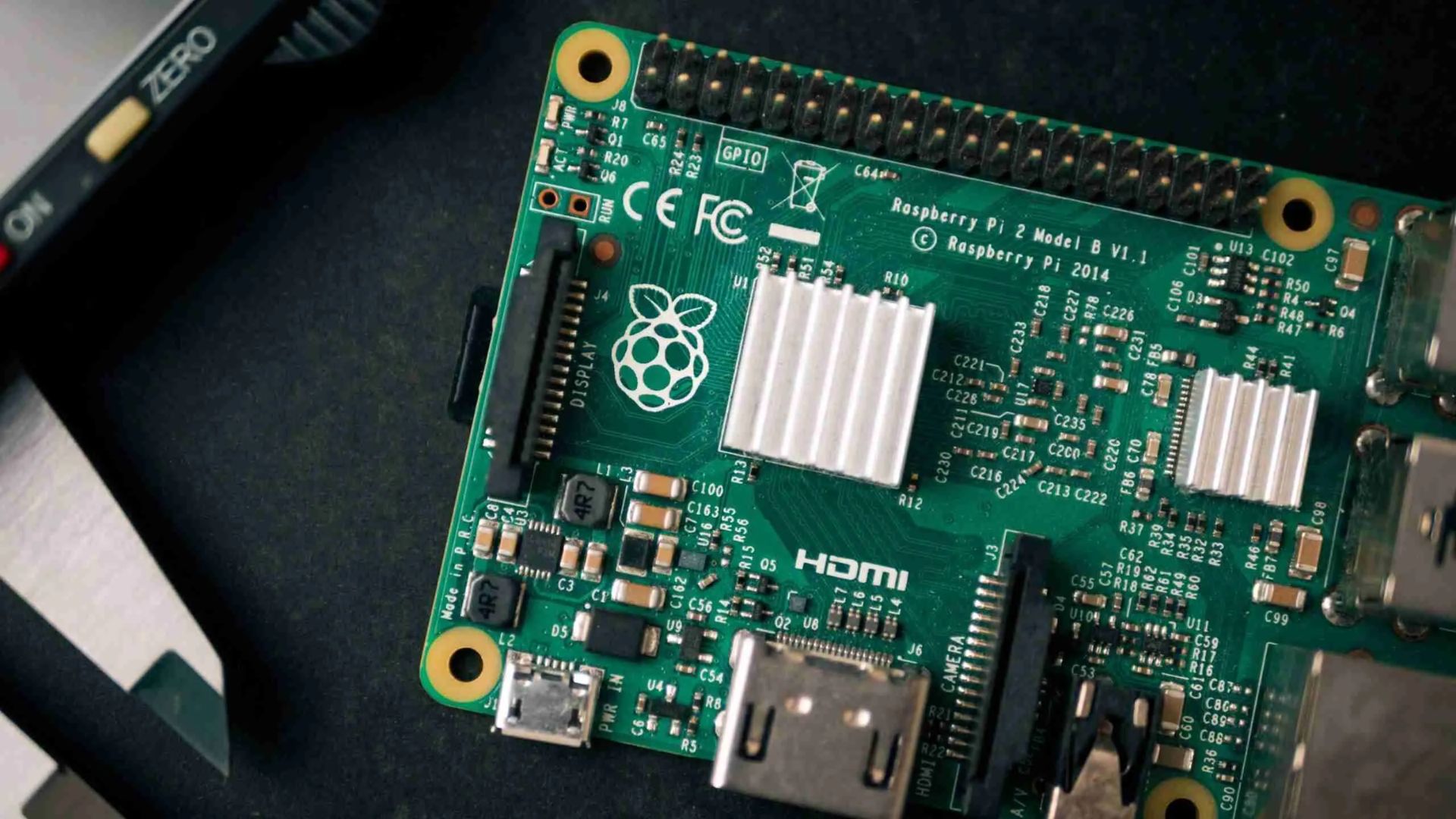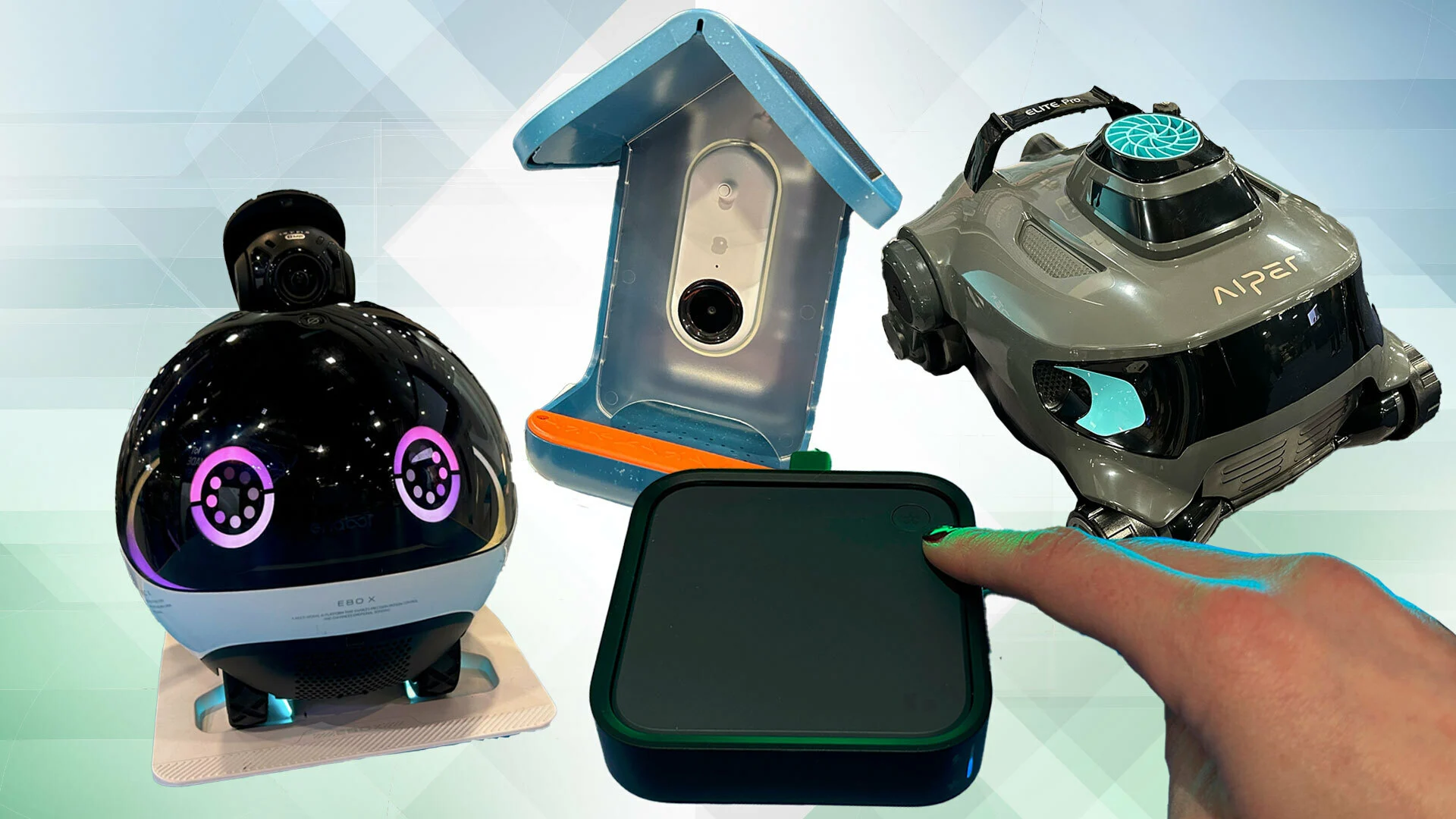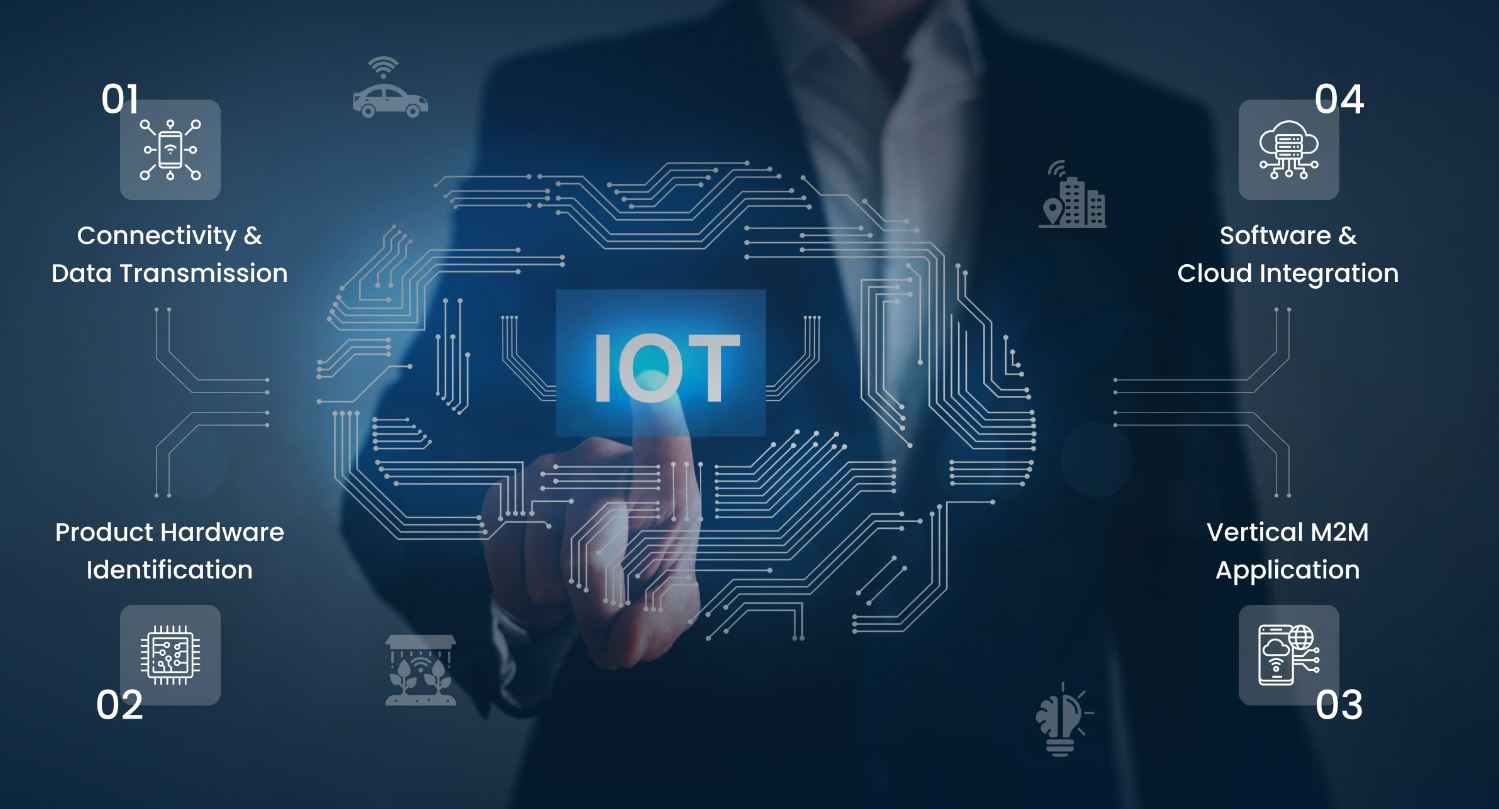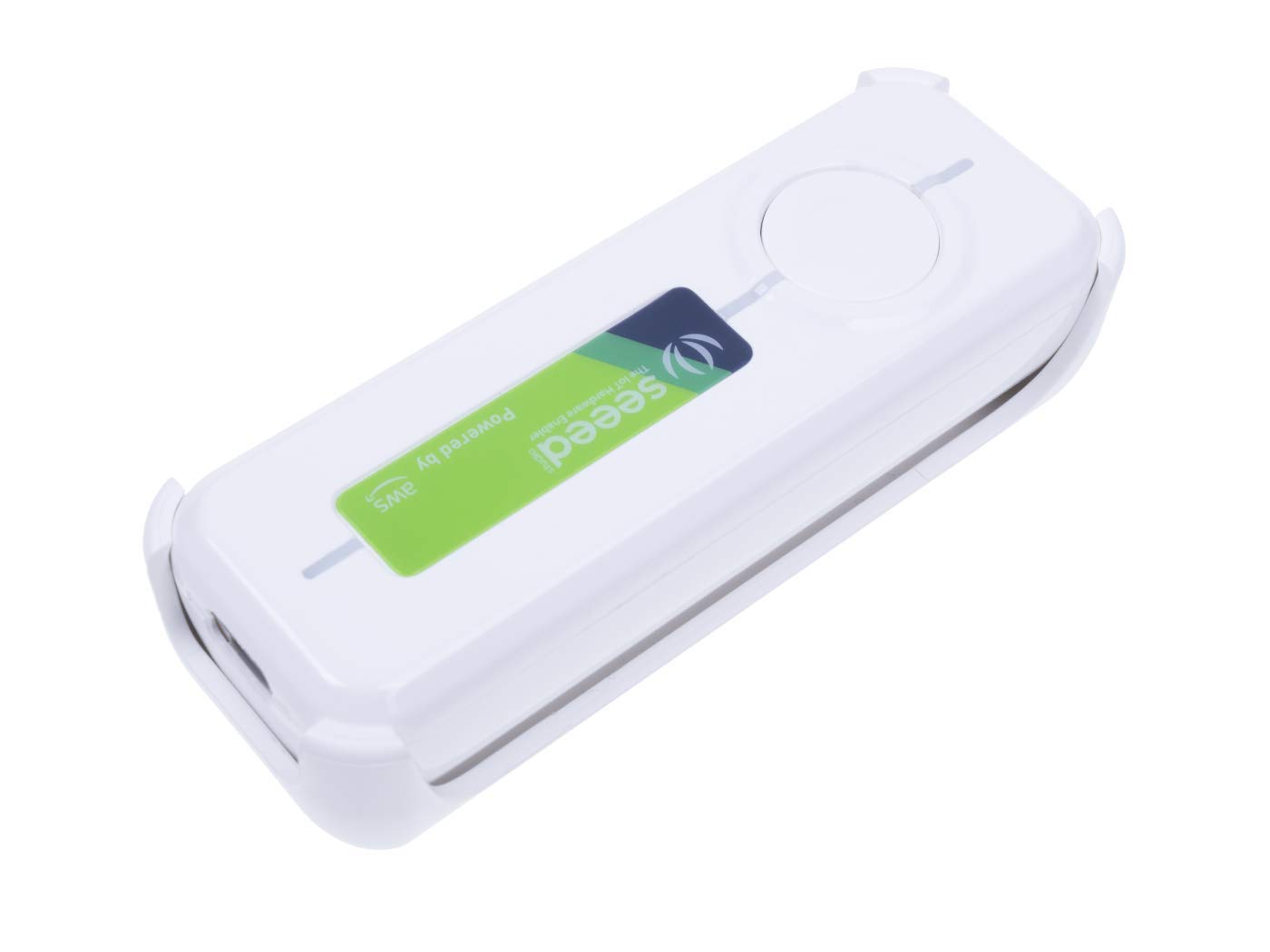What Is AWS IoT Greengrass
AWS IoT Greengrass is a service provided by Amazon Web Services (AWS) that extends AWS functionality to local devices, enabling them to act locally on the data they generate while still using the cloud for management, analytics, and storage. It brings secure, intelligent, and powerful cloud capabilities to the edge, making it possible to run compute, messaging, and data caching closer to the devices.
With AWS IoT Greengrass, developers can build and deploy applications that can perform complex computations, process data, and even communicate with other devices in a local network, without relying solely on the cloud. This allows for faster responses, reduced latency, and the ability to operate in offline or low-connectivity environments, making it ideal for use cases that require real-time interactions or edge computing capabilities.
One of the key components of AWS IoT Greengrass is the Greengrass Core. This software runs on devices such as industrial gateways, edge servers, or even small single-board computers like Raspberry Pi. It acts as a local hub for IoT devices, managing their connectivity, security, and the execution of local code.
AWS IoT Greengrass also provides a set of development tools and services that simplify the process of building and deploying applications. These include the Lambda function, which allows developers to write and execute code in the cloud or on the edge devices, and the Device SDK, which enables devices to connect securely and easily to Greengrass Core.
The key philosophy behind AWS IoT Greengrass is to bring the power of the cloud to the edge, enabling developers to create applications that can respond quickly and intelligently to local data. By improving speed and reducing the dependency on network connectivity, AWS IoT Greengrass opens up a wide range of possibilities for industries such as manufacturing, healthcare, and agriculture, where real-time decision-making and local data processing are critical.
How Does AWS IoT Greengrass Work
AWS IoT Greengrass works by providing a seamless and secure connection between the cloud and edge devices. It allows devices to locally run AWS Lambda functions, synchronize and share data, and communicate with other devices, all while leveraging the benefits of the cloud.
At the core of AWS IoT Greengrass is the Greengrass Core, which runs on edge devices and serves as a local gateway between the devices and the cloud. This software package provides the necessary functionality to manage device connections, execute Lambda functions, and securely communicate with AWS IoT services.
To get started with AWS IoT Greengrass, you need to create a Greengrass Group, which represents a collection of devices that will work together. Within the group, you define the devices and the Lambda functions that will be deployed on them. This configuration is then deployed to the Greengrass Core devices, automating the distribution of code and resources.
Once the Greengrass Core is deployed on the edge devices, it can receive messages from other devices in the local network and perform actions based on those messages. This enables real-time data processing and decision-making at the edge, without the need for constant communication with the cloud.
Furthermore, AWS IoT Greengrass allows for local data caching, which enhances performance and reduces the reliance on network connectivity. The Greengrass Core can store and process data locally, minimizing the amount of data that needs to be sent to the cloud. This is particularly useful in scenarios where low-latency responses are required or where network connectivity is intermittent.
In addition to the local functionality, AWS IoT Greengrass still benefits from the broader AWS ecosystem. Data processed or generated at the edge can be seamlessly synchronized with the cloud for further analysis, storage, and long-term retention. This two-way communication ensures that edge and cloud work together harmoniously, leveraging the strengths of both environments.
Overall, AWS IoT Greengrass revolutionizes the way edge devices interact with the cloud, enabling intelligent edge computing and bringing the power of the cloud to the local network. By combining local data processing, secure communication, and cloud connectivity, AWS IoT Greengrass opens up possibilities for innovative and efficient IoT solutions across various industries.
Key Features of AWS IoT Greengrass
AWS IoT Greengrass offers a range of powerful features that enable developers to build and deploy edge computing applications efficiently. These features enhance local data processing, device management, and interoperability with cloud services, making it a versatile and comprehensive platform for edge computing.
1. Local Data Processing: AWS IoT Greengrass allows devices to run AWS Lambda functions locally, enabling real-time data processing and decision-making at the edge. This feature reduces latency and improves responsiveness by eliminating the need for constant communication with the cloud.
2. Device Connectivity and Management: Greengrass Core provides a secure and seamless way to manage and connect devices in a local network. It simplifies device authorization, credentials management, and facilitates communication between devices, ensuring a seamless and secure environment.
3. Local Resource Utilization: AWS IoT Greengrass enables devices to utilize local resources efficiently. It allows local caching of data, reducing the need for constant cloud connectivity and improving performance. It also enables local storage and processing of data, enabling devices to function autonomously even in offline or low-connectivity environments.
4. Secure Communication: With AWS IoT Greengrass, devices can communicate securely with each other and the cloud. It provides end-to-end encryption, ensuring data privacy and integrity. Additionally, it supports mutual authentication and access control, establishing a secure communication channel between devices and the cloud.
5. Cloud Integration: AWS IoT Greengrass seamlessly integrates with other AWS services, enabling data synchronization, storage, and analysis in the cloud. It provides bidirectional communication, allowing devices to send data to the cloud for further processing or receive updates and configuration changes from the cloud.
6. Edge and Cloud Interoperability: AWS IoT Greengrass bridges the gap between the edge and the cloud, enabling seamless interoperability. It allows devices to leverage cloud resources such as machine learning models, database services, and analytics tools, while still benefiting from local data processing and reduced latency.
7. Development Tools and APIs: AWS IoT Greengrass provides a set of development tools and APIs that simplify the process of building and deploying edge applications. It includes the AWS SDK, allowing developers to integrate Greengrass capabilities into their applications easily.
With these key features, AWS IoT Greengrass offers a comprehensive and robust platform for deploying edge computing applications. It empowers developers to build efficient and intelligent IoT solutions that leverage the benefits of local processing, secure communication, and cloud integration.
Benefits of Using AWS IoT Greengrass
AWS IoT Greengrass offers numerous benefits that make it an invaluable tool for edge computing and IoT deployments. By combining local capabilities with cloud integration, it enables organizations to achieve faster response times, improved scalability, enhanced security, and cost-effective operations.
1. Reduced Latency: With AWS IoT Greengrass, devices can process data locally, minimizing the round-trip time to the cloud. This reduces latency and enables real-time decision-making, making it ideal for applications that require immediate actions or low-latency responses.
2. Offline Functionality: AWS IoT Greengrass allows devices to operate independently even in offline or low-connectivity environments. By caching data and performing local processing, devices can continue to function and make decisions without relying solely on cloud connectivity.
3. Improved Scalability: AWS IoT Greengrass simplifies the development and deployment of edge applications. With its scalable architecture, organizations can easily manage a large number of devices, distribute code updates, and scale their deployments to accommodate growing IoT networks.
4. Enhanced Security: AWS IoT Greengrass offers robust security features to protect edge devices and data. It provides encryption, certificate-based authentication, and fine-grained access control, ensuring that data remains secure both in transit and at rest.
5. Cost Optimization: By leveraging AWS IoT Greengrass, organizations can reduce costs associated with data transfer and cloud processing. Local data processing and caching capabilities minimize the need for constant cloud connectivity, resulting in lower bandwidth and cloud service costs.
6. Edge Intelligence: AWS IoT Greengrass enables devices to perform advanced analytics and machine learning models at the edge. This allows for real-time data analysis, local decision-making, and the ability to extract valuable insights from the edge data without always relying on the cloud.
7. Flexibility and Interoperability: AWS IoT Greengrass seamlessly integrates with other AWS services, enabling interoperability across the edge and the cloud. It allows organizations to leverage existing cloud infrastructure, services, and tools, making it easier to build end-to-end IoT solutions.
8. Simplified Development: AWS IoT Greengrass provides a development environment and tools that make it easier to build, deploy, and manage edge applications. Developers can use familiar AWS services and APIs, reducing the learning curve and accelerating application development.
By leveraging these benefits, organizations can unlock the full potential of their IoT deployments. AWS IoT Greengrass empowers businesses to improve performance, responsiveness, and efficiency in their edge computing initiatives, leading to smarter and more impactful IoT solutions.
Use Cases for AWS IoT Greengrass
AWS IoT Greengrass has a wide range of use cases across various industries, enabling organizations to leverage the power of edge computing and real-time data processing. Here are some of the key use cases where AWS IoT Greengrass can make a significant impact:
1. Manufacturing: In manufacturing facilities, AWS IoT Greengrass can be used to monitor and optimize production lines in real time. It enables connected machines to process data locally, detect anomalies, and trigger actions without relying solely on the cloud. This reduces downtime, improves efficiency, and enables predictive maintenance.
2. Retail: AWS IoT Greengrass can revolutionize the retail industry by enabling smart stores and seamless customer experiences. By leveraging real-time data analytics at the edge, retailers can personalize offers, optimize inventory management, and streamline in-store operations, enhancing customer satisfaction and driving sales.
3. Healthcare: In healthcare, AWS IoT Greengrass enables remote patient monitoring, real-time health data analysis, and proactive healthcare management. Connected medical devices and wearables can process patient data locally, enabling early detection of health issues, reducing response times, and improving patient outcomes.
4. Agriculture: AWS IoT Greengrass can revolutionize the agriculture industry by enabling precision farming and smart agriculture solutions. By processing sensor data at the edge, farmers can optimize irrigation, monitor soil conditions, and automate crop management, leading to higher yields, resource conservation, and reduced costs.
5. Safety and Security: AWS IoT Greengrass can be used for real-time monitoring and response in safety-critical applications. It enables devices such as surveillance cameras, alarms, and access control systems to analyze data locally, detect threats, and trigger immediate actions, enhancing security and reducing response times.
6. Transportation and Logistics: AWS IoT Greengrass can optimize transportation networks by enabling real-time monitoring, predictive maintenance, and route optimization. It allows vehicles, infrastructure, and logistics systems to process data locally, improving efficiency, reducing fuel consumption, and enhancing overall fleet management.
7. Energy Management: AWS IoT Greengrass is ideal for managing energy grids and optimizing energy consumption. It enables real-time data analysis, load balancing, and intelligent energy distribution at the edge. This helps utilities maximize renewable energy integration, reduce wastage, and improve grid resiliency.
These use cases represent just a few of the possibilities offered by AWS IoT Greengrass. Its flexibility, scalability, and ability to process data at the edge open up opportunities for innovative solutions in diverse industries, enabling organizations to harness the full potential of their IoT deployments.
Getting Started with AWS IoT Greengrass
To get started with AWS IoT Greengrass, follow these steps:
1. Set up AWS IoT: If you haven’t already, create an AWS account and navigate to the AWS IoT Console. Set up an IoT thing and generate the necessary certificates and security policies.
2. Create a Greengrass Group: In the AWS IoT Console, create a Greengrass Group, which represents a collection of devices that will work together. Define the devices that will be part of the group and configure the desired Lambda functions for deployment.
3. Configure the Greengrass Core: Install and set up the Greengrass Core software on the edge devices that will act as the local hubs. This includes downloading the software package, generating a security certificate, and configuring the Core’s connectivity and settings.
4. Deploy the Group Configuration: In the AWS IoT Console, deploy the saved configuration to the Greengrass Core devices. This will automate the distribution of code and resources to the edge devices, ensuring they have the necessary software and configurations.
5. Develop Lambda Functions: Develop the necessary Lambda functions using the AWS SDK or management console. These functions define the local processing logic that will run on the edge devices. Ensure the functions are designed to work with AWS IoT Greengrass and can interact with other devices in the local network.
6. Test and Monitor: Test the deployment by sending messages and triggering actions from the devices or by simulating real-world scenarios. Monitor the deployed Greengrass Core devices using the AWS IoT Console to ensure they are properly connected and functioning.
7. Iterate and Scale: As you gain experience and confidence with AWS IoT Greengrass, iterate on your application design and explore additional features and capabilities. Scale your deployment as needed by adding more edge devices or expanding the functionality of existing devices.
Throughout the process, refer to the AWS IoT Greengrass documentation and developer guides for detailed instructions and best practices. Leverage the AWS SDKs, development tools, and APIs to streamline the development and deployment of your edge computing applications.
By following these steps, you can quickly get started with AWS IoT Greengrass and begin leveraging its powerful capabilities to enable edge computing, real-time data processing, and seamless integration with the cloud.
Conclusion
AWS IoT Greengrass is a game-changing service that brings the power of the cloud to edge devices, enabling real-time data processing, local decision-making, and seamless integration with the broader AWS ecosystem. By combining local capabilities with cloud services, AWS IoT Greengrass empowers organizations to build and deploy efficient, scalable, and intelligent edge computing applications.
Throughout this article, we have explored what AWS IoT Greengrass is, how it works, its key features, and the benefits it offers. We have seen how it enables reduced latency, offline functionality, improved scalability, enhanced security, and cost optimization. With its ability to process data at the edge, AWS IoT Greengrass opens up a myriad of use cases across diverse industries, including manufacturing, retail, healthcare, agriculture, safety and security, transportation, and energy management.
Getting started with AWS IoT Greengrass is a straightforward process that involves setting up AWS IoT, creating a Greengrass Group, configuring the Greengrass Core, deploying the group configuration, developing Lambda functions, and testing and monitoring the deployment. With the help of the AWS IoT Greengrass documentation and developer tools, organizations can quickly realize the benefits of edge computing and leverage the full potential of their IoT deployments.
As the IoT landscape continues to evolve, AWS IoT Greengrass will play an increasingly vital role in enabling organizations to process and analyze data closer to where it is generated. By bringing the power of the cloud to the edge, AWS IoT Greengrass empowers businesses to make real-time decisions, reduce reliance on cloud connectivity, and optimize the performance and efficiency of their IoT solutions.
Whether you are looking to enhance manufacturing processes, improve customer experiences in retail, monitor vital signs in healthcare, optimize agricultural operations, enhance safety and security, streamline transportation networks, or manage energy grids, AWS IoT Greengrass provides the tools and capabilities to unlock the potential of edge computing.
So, take the next step in your IoT journey and explore the possibilities with AWS IoT Greengrass. Leverage its features, benefits, and integration with the broader AWS ecosystem to build innovative and efficient edge computing solutions that drive business growth and enable digital transformation.







